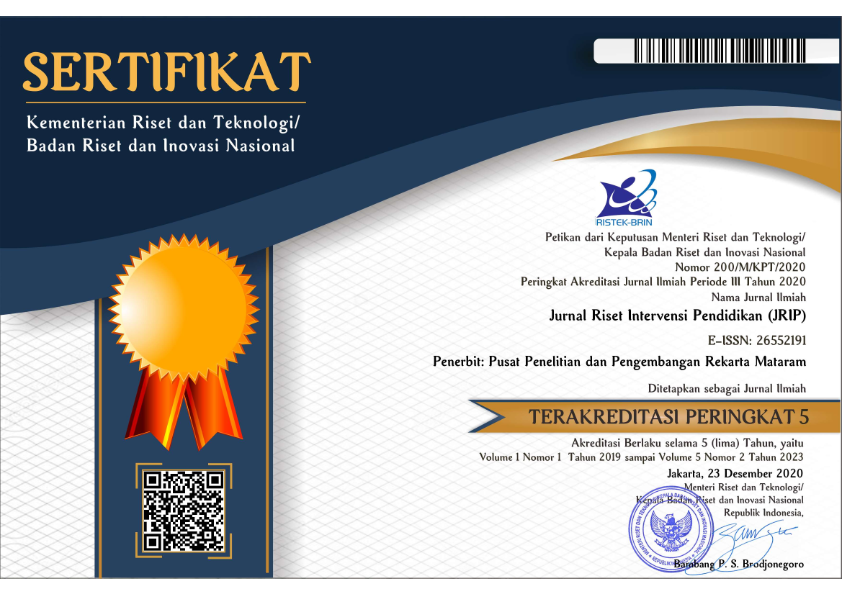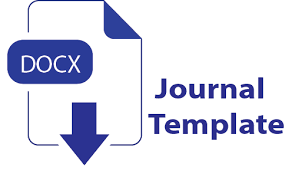Model Pembelajaran Sejarah Kebudayaan Islam di Sekolah Dasar
Keywords:
Learning model; History of Islamic culture; State Elementary School 1 Rejowinagun; LectureAbstract
Islamic cultural history material in Islamic religious education requires a learning model that is suitable and in accordance with the ability of students. This research aims to describe the learning model that teachers have in Islamic cultural history subjects in State Elementary School 1 Rejowinagun Yogyakarta. This research is a type of qualitative with a phenomenolgy approach. Participants in this study were 5 people consisting of 2 religious teachers, 2 classroom teachers and 1 principal. Data retrieval techniques with observations, interviews and documentation. As for data retrieval instruments with observation and interview protocols and document lists. The analysis technique uses miles and huberman Huberman analysis models consisting of data reduction stages, data presentation and data interpretation. The results showed that the learners who were taught in Islamic cultural history subjects mostly used the Lecture model. The advantages of the lecture model are the easy implementation, the display of a lot of material, and teachers can better address the class. While the weakness in the lecture model is that passive students in the learning process, boring and lowering the concentration of students so that they are not fully able to understand the lesson, the teacher's comtension becomes the deciding factor in achieving the purpose of the learner. Other findings suggest that other learning modles such as the use of visual media, practices and other models are highly in place to achieve more optimal learning outcomes.Downloads
Published
2021-04-21
Issue
Section
Articles






